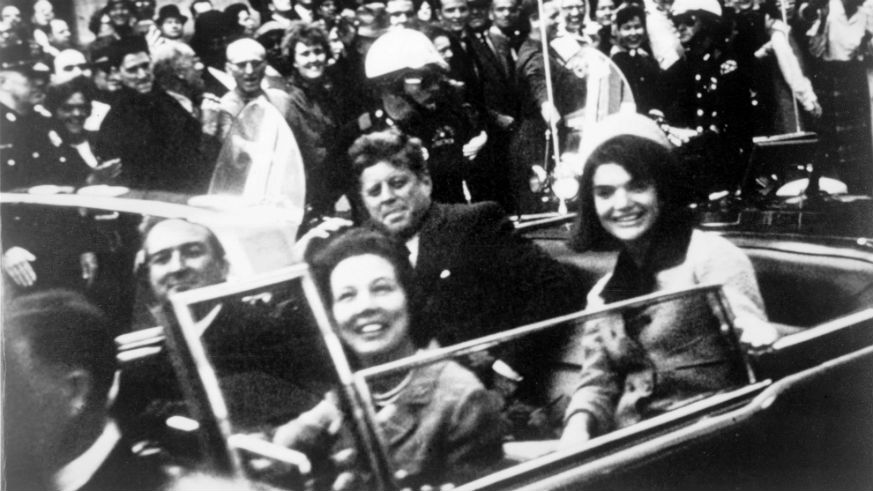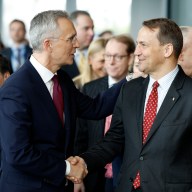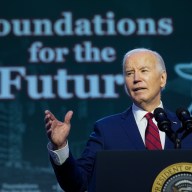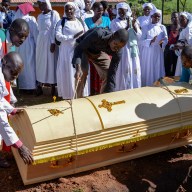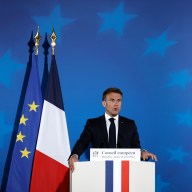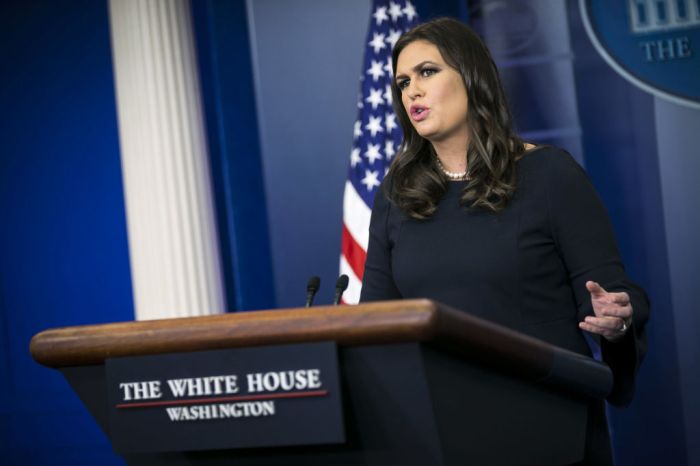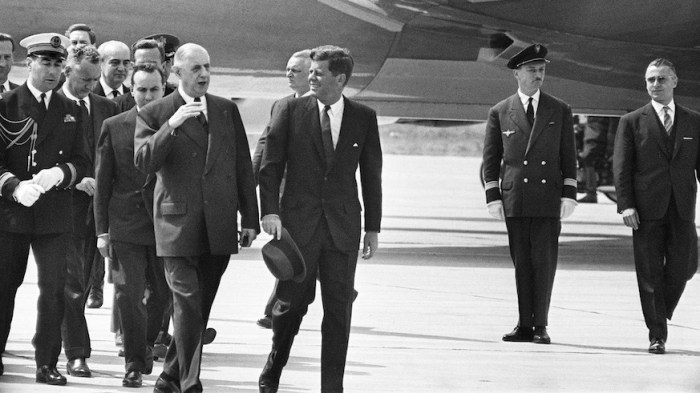After teasing the release of secret documents about the JFK assassination — to observe a deadline set by law 25 years ago — yesterday President Trump announced that the drama would have to be a miniseries: Thousands of the papers have been held back for additional vetting until April 2018. More than 2,800 documents from the JFK filed were posted online by the National Archives on Thursday, including transcripts of phone conversations, grainy surveillance photos and investigators’ handwritten notes.
(On Thursday night, Wikileaks founder Julian Assange offered $100,000 to anyone who releases the withheld files “should they show violations of law, inefficiency, or administrative error.”)
As for what’s in the publicly released documents, that story is unfolding. Even The New York Times has called upon the public to help them parse the documents and summarize their contents. Some highlights so far:
— They’re “a mess.” That assessment comes from Larry J. Sabato, the founder and director of the Center for Politics at the University of Virginia, who is reviewing the papers. “Handwritten notes from the C.I.A. and others are often illegible,” he says. “It will take an enormous amount of work and lots of time to put this together. Think of this as an unassembled million-piece puzzle.”
— Russia suspected Lyndon B. Johnson was behind JFK’s assassination. A memo from FBI director J. Edgar Hoover said that Communist Party leaders in Russia believed there had been an “ultra-right coup” to install LBJ, and that Kennedy’s assassination “had been planned by an organized group rather than being the act of one individual assassin.” (Russian leaders believed Oswald was a “neurotic maniac who was disloyal to his country and everything else.”)
According to 1965 intelligence, the KGB had information “purporting to indicate President Johnson was responsible” for Kennedy’s assassination. The Soviets claimed Oswald was a “nutjob” who visited Russia but was denied a longer stay because he was “mentally unstable.”
— An FBI informant said a Dallas police officer was the real assassin. The tipster said that Officer J.D. Tippit was the gunman who killed Kennedy, not Lee Harvey Oswald. About 45 minutes after the assassination, Oswald shot Tippit dead after the officer stopped him while he was walking to a movie theater.
— Mexico worked closely with the U.S. at the time. They helped wiretap the Soviet and Cuban embassies before the assassination and investigated accused assassin Lee Harvey Oswald’s ties in the country.
— Oswald met with a KGB assassination specialist. According to a memo from Nov. 23, 1963, Oswald met with Russian spies at the Soviet Embassy on Sept. 28, less than two months before the assassination. He spoke with KGB agent Valeriy Kostikov, whom the FBI said worked for the agency’s 13th Department, which was “responsible for sabotage and assassination.”
— A British newspaper was tipped off minutes before the assassination. According to deputy CIA director James Angelton, the Cambridge News received a tip 25 minutes before Kennedy was killed that a reporter “should call the American Embassy in London for some big news, and then hung up.” Britain’s MI5 intelligence service said the reporter was “sound and loyal.”
— The FBI director almost immediately worried about conspiracy theories. Shortly after Oswald was gunned down, Hoover said in a memo dated Nov. 24, 1963, “The thing I am concerned about, and so is Mr. Katzenbach, is having something issued so that we can convince the public that Oswald is the real assassin.” Hoover noted that FBI agents’ early discoveries — a call Oswald made to the Cuban Embassy in Mexico City and a letter he sent to the Soviet Embassy in D.C. — could “complicate our foreign relations.”

